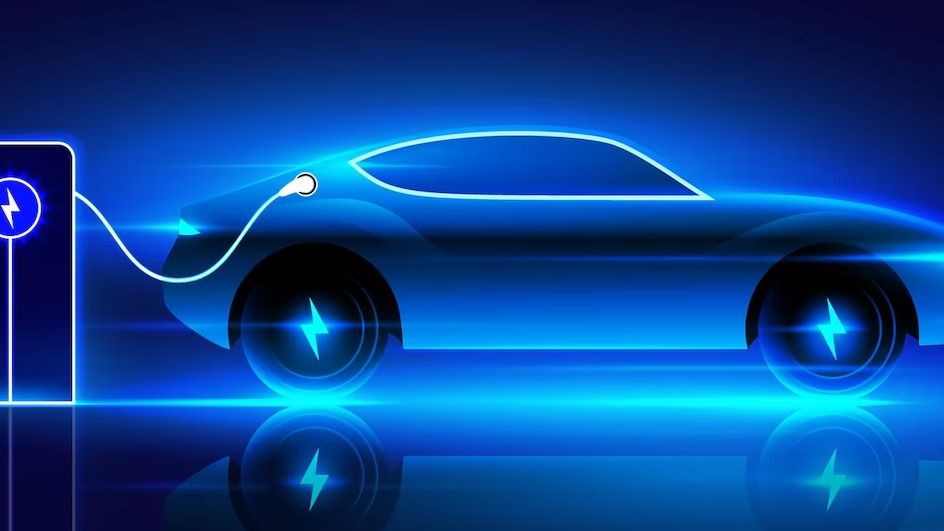
Published 17:39 IST, January 4th 2025 Check out how the latest Tesla-funded study focused on electric vehicles battery could determine your future electric vehicle (EV) purchases. Are electric vehicles (EV's) still viewed as an alternative to internal combustion engine (ICE) or has the availability of e-battery variations from lithium-ion battery and lithium-iron phosphate paved the way of higher acceptance rate among varying verticals of electric vehicles. While passenger vehicle segment recorded its best-ever yearly EV sales in CY2024 At 99,0004 units, its critical for the buyer to truly understand EV battery space to get best returns on their vehicles purchases.
Key revelations in Tesla-funded study on EV batteries A study funded by Tesla revealed that batteries with "single-crystal electrodes" could power (EVs) for millions of miles, which indicates that EV batteries can outperform other vehicle parts. If a vehicle is encompassed with a lithium-ion battery with this new type of electrode and has been charging and discharging repeatedly for six years it can still retain 80 per cent of its original capacity. An EV battery single-crystal electrodes can be cycled eight times longer than a regular lithium-ion battery — equivalent to an electric car driving 5 million miles (8 million kilometers), researchers reported in the Journal of The Electrochemical Society.

All batteries slowly wear out and lose some of their energy-storage capacity over time. For instance, your phone battery holds less of a charge after a few years than it did the day you bought it. The same is true of electric car batteries, according to a LiveScience report.
When their storage capacity drops, so does the distance the car can travel on a single charge. "The main focus of our research was to understand how damage and fatigue inside a battery progresses over time, and how we can prevent it," study co-author Toby Bond, a chemist at Canadian Light Source, citing a LiveScience report. In the study, which was funded by the electric vehicle maker Tesla, researchers placed long-lasting single-crystal electrode with a more commonly utilised polycrystalline electrode.
How can you decipher if your e-vehicle has a long-lasting battery lifespan? Bond and his colleagues used high-energy X-rays to look inside the battery without taking it apart. The team of researchers led by Toby Bond found that after 2.5 years of constant cycling, the polycrystalline electrode was full of tiny cracks.
Those cracks form when the lithium ions in the battery force the atoms in the electrodes apart and limit how much energy the battery can store. The battery with the single-crystal electrode had gone through more than 20,000 charging and discharging cycles and had retained about 80 per cent of its original capacity in that time. A typical electric vehicle can travel about 250 miles (400 km) on a charge, so the battery with the single-crystal electrode has a lifespan equivalent to driving about 5 million miles.
Updated 17:39 IST, January 4th 2025.















